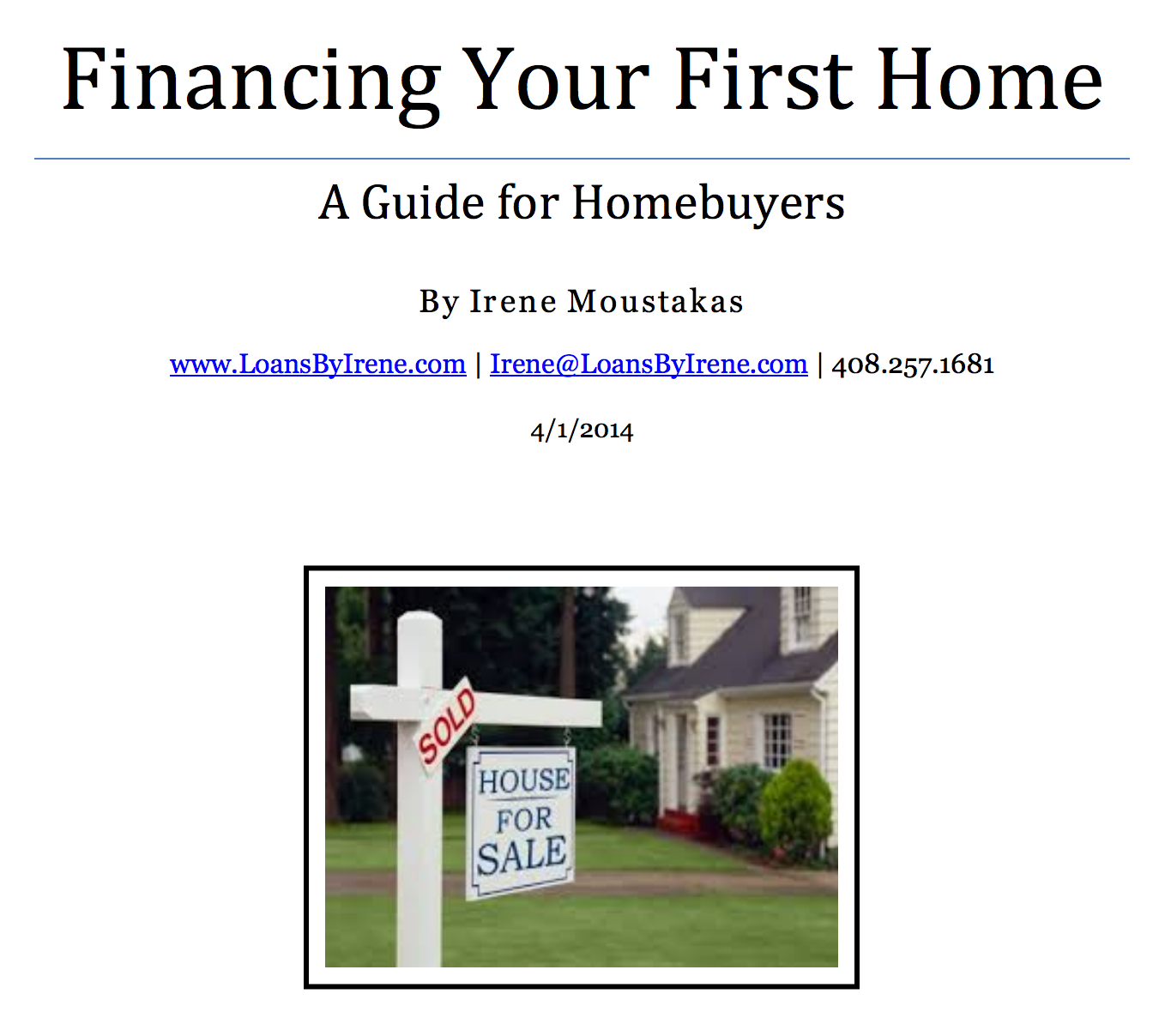If you purchased or refinanced your home and put down less than 20% (or had less than 20% equity), then you are most likely paying Private Mortgage Insurance (PMI). PMI is charged as an insurance policy for the lender against you defaulting on your mortgage, since you are considered a higher-risk borrower. So what are the rules for eliminating it once you have established sufficient equity on your home?
FHA (government-insured) loan: If you originally put down 10% or more, then you must pay MI for a minimum period of 11 years; if you put down less than 10%, then MI is charged for the entire loan term. The only way to eliminate it is to refinance out of an FHA loan and into a Conventional loan.
Conventional loan: The lender requires you to pay MI for a minimum period of 2 years, regardless of potentially establishing sufficient equity prior to this time period. After 2 years, if you have 20% or more in equity, then you can contact your servicer to request its elimination. Different servicers will have different requirements, but past clients have informed me that they were required to get an appraisal to document current value. If you do not request for it to be removed, then the servicer will automatically eliminate MI when you have reached a 78% Loan-to-Value ratio, but they do not take into account any home appreciation rates, only your paying down on principal and using the original value of the home. By calculation, this can take over a decade to establish.
Regardless of any loan type you have, you can always refinance out of MI, but we would want to review current interest rates and monthly cash flow savings.
Contact me if you have any questions.


